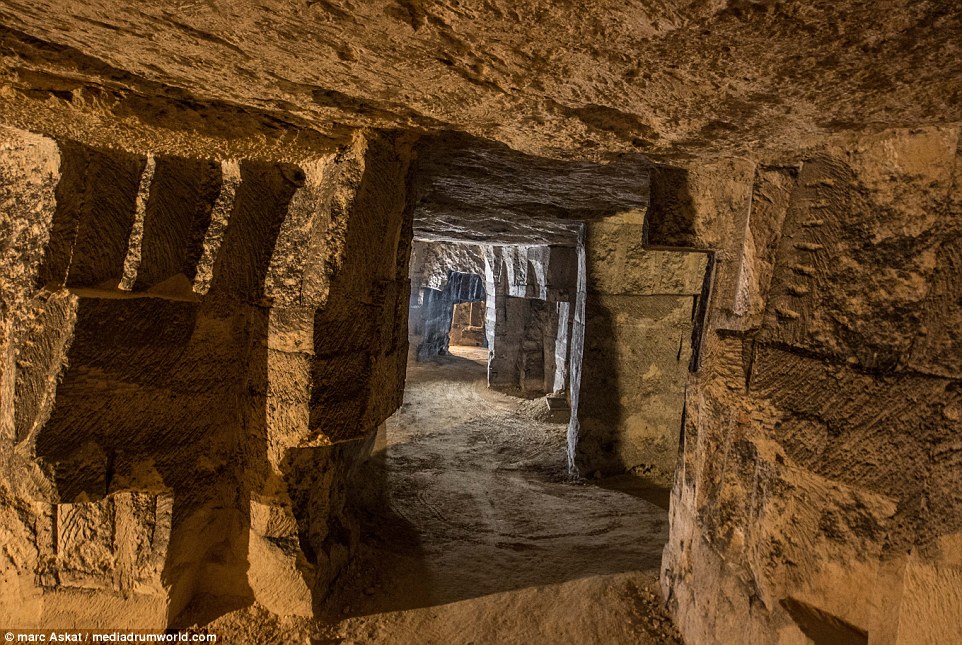 While almost all the books and documents and literature about World War I concentrate on battles and soldiers, there had to be immense support in areas of life that we don’t ordinarily consider. Once the war turned from mobile to entrenched, the new conditions called for items that had not been needed before. Because the trenches became places where rain water collected (this part of France being especially rainy and swampy) leather boots were no longer practical. Trench foot (taking its name from where the disease flourished) meant that the soldiers’ feet needed to be protected by keeping water out. Hence,
While almost all the books and documents and literature about World War I concentrate on battles and soldiers, there had to be immense support in areas of life that we don’t ordinarily consider. Once the war turned from mobile to entrenched, the new conditions called for items that had not been needed before. Because the trenches became places where rain water collected (this part of France being especially rainy and swampy) leather boots were no longer practical. Trench foot (taking its name from where the disease flourished) meant that the soldiers’ feet needed to be protected by keeping water out. Hence,
Boot sculpture honours rubber factory’s war heroes
Artists Svetlana Kondakova and Maja Quille’s work is titled ‘Imprint’
A new sculpture has been unveiled to commemorate an Edinburgh factory which saved thousands of soldiers from trench foot during World War One. The North British Rubber Company, which stood for decades beside the Union Canal in Fountainbridge, made rubber boots for the British Army from 1914.
The soldiers called these “gum boots” since they were made of rubber. They were an object of joking. See references to them in the Wipers Times, a clandestine satirical newspaper British soldiers printed in the trenches. Wipers is the British way of saying Ypres.
Naturally, the need for many articles called for factories (canvas, rope, rifle stocks, medicines, and many more) to produce products in massive quantities, quantities never before needed. More of these later.











